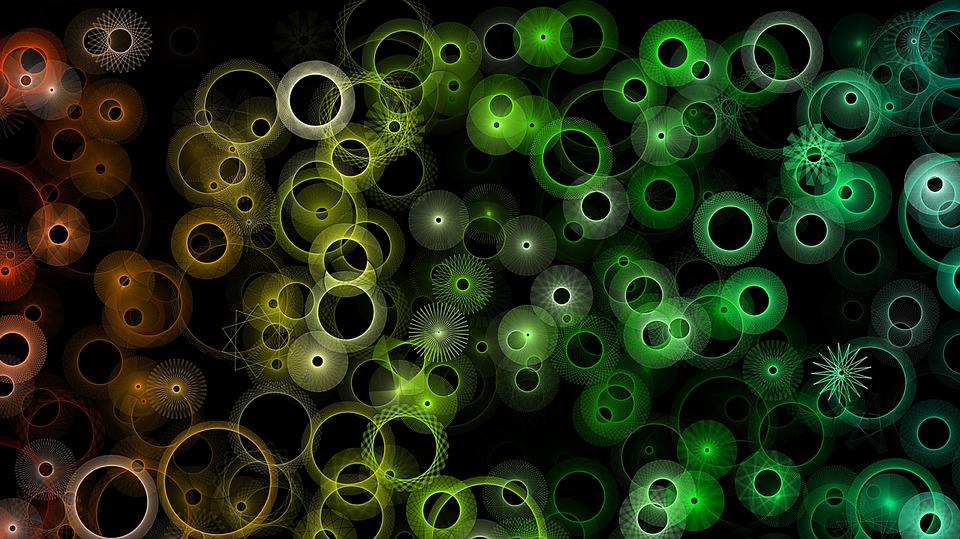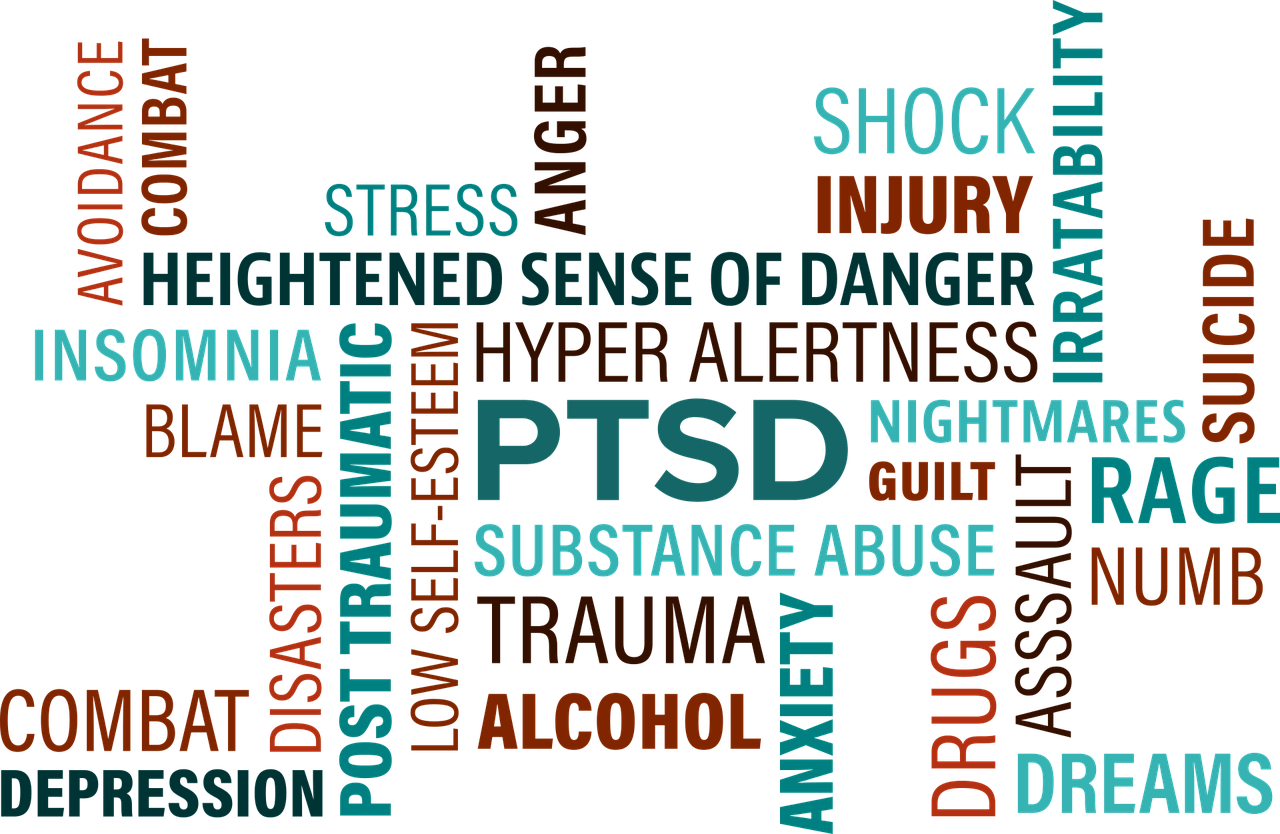Health professionals, patients, and lawmakers in the United States are watching the progression of ketamine laws in Canada, which allows for therapeutic use. Ketamine is still a controlled and regulated substance in Canada. It has been cleared by lawmakers for use in specific treatments for patients with severe mental health disorders.
It has been known to the medical community for some time that a percentage of patients with mental health disorders are not effectively treated by conventional methods. The first-line treatments for these patients rely on pharmaceutical medications. The second-line treatment protocols involve a combination of stronger psychotropic medications combined with cognitive-behavioral therapy (CBT) with a psychiatrist.
It is the third-line treatment process for patients who are not responsive to first- or second-line medical interventions, that can remand the patient to institutional care. The last resort for patients who indicate self-harm or harm to others can be electro-shock therapy.
An estimated 15% to more than 30% of Americans are believed to have treatment-resistant depression at a clinical level of severity where they may be high-risk for suicide and self-harm. These patients have remained in-stasis, without effective and potentially life-saving medical treatment, without any hope of improvement or establishing a normal life. And that is why Canada, the United States, and other developed countries are taking a closer look at ketamine as an alternative therapy.
A History of Ketamine as a Therapeutic Drug in the United States
In 1962, ketamine was first synthesized by an American scientist named Calvin Stevens, at Parke Davis Laboratories in Michigan. The first iteration of ketamine was called CI-581 which was developed as a derivative of PCP, and an NMDA receptor antagonist. Ketamine became a replacement for phencyclidine (PCP) a synthetic drug with hallucinogenic properties.
Interestingly, ketamine is considered a lower risk to patients than Schedule I drugs, which includes heroin and cocaine.
While PCP was effective at reducing pain and numbing central nervous system receptors, it had a clinically high rate of hallucination and schizophrenia-like symptoms. The type of symptoms that patients would experience after being administered phencyclidine was very unpredictable. It could be a relaxing “trip” or a highly distressful experience for the patient, with delusions, deliriums, and some instances of psychotic breaks. Ketamine, on the other hand, produced a more predictable experience outcome for patients.
In 1966, a clinical study prepared by Corssen and Domino was published. The study defined ketamine as a valuable anesthetic drug. The researchers revealed that ketamine produced a state of “dissociative anesthesia” where patients may appear and function as though they are awake, but do not respond to sensory input. That made it an effective drug for surgical applications when traditional sleep-inducing medications would be harmful to the patient. Dissociative anesthesia was later referred to as the “electrophysiological and functional dissociation between thalamocortical limbic systems.”
Five decades later, the research into the clinical uses of ketamine has continued and expanded, suggesting non-surgical therapeutic benefits. A growing body of medical research and literature has pointed to the clinical value of ketamine for the treatment of severe chronic pain and treatment-resistant mental health conditions, such as clinical depression and post-traumatic stress disorder (PTSD).
Ketamine is an Illegal Drug in the United States: How Are American Ketamine Clinics Legal?
Currently, ketamine is listed as a Schedule III drug by the United States federal government. Other drugs in the same classification with ketamine include codeine and anabolic steroids, like testosterone, and the narcotic buprenorphine, which is prescribed as an “exit drug” for patients in addiction rehabilitation therapy.
Interestingly, ketamine is considered a lower risk to patients than Schedule I drugs, which includes heroin and cocaine. In the opinion of many global health organizations, the Schedule I classification of cannabis in that group of potentially lethal and highly addictive drugs is incorrect.
However, there are ketamine clinics opening in the United States for patient treatment of conditions such as depression, anxiety, obsessive-compulsive disorder (OCD), chronic pain, and post-traumatic stress disorder (PTSD). Ketamine use in a healthcare setting for the off-label treatment of specific conditions is legal in the United States but highly regulated for patient safety.
Since 1970, ketamine has been exclusively approved by the FDA as surgical anesthesia. However, it is currently being used for off-label infusions for the management of severe psychiatric disorders and chronic pain management. There are currently no regulations for oversight on ketamine clinics at the federal or state level.
However, the FDA does warrant off-label use of specific drugs when patients have not responded to conventional pharmaceuticals or treatment methods, stating: “Once the FDA approves a drug, healthcare providers generally may prescribe the drug for an unapproved use when they judge that it is medically appropriate for the patient.” This caveat is frequently used for rare disease patients for which there are no developed pharmaceutical treatments due to the low number of diagnosed patients. It is also used for patients who have physiological or psychiatric conditions that do not respond to other therapeutics.
While no regulatory laws exist to control the use of ketamine in a clinical setting, the provision to use off-label drugs for patient care has allowed ketamine clinics to open. They offer a new and exciting therapeutic option for patients with extreme chronic pain, emotional trauma, or treatment-resistant clinical depression.
What Is the Effect of Ketamine on a Patient?
When sold illegally for recreational purposes, ketamine is also referred to as Kit Kat, Vitamin K and Special K. The illegal recreational products are typically sold in a powder form where patients may administer the drug by:
- Smoking it in a cigarette
- Mixing it with liquid or a beverage for oral consumption
- Dissolving ketamine into a liquid and injecting it into a muscle or vein
- Snorting dry powder
When taken through the nose or injected by a medical practitioner, ketamine is a very fast-acting drug. The effects are typically noticed within minutes after administration. The short-term mental effects of ketamine use include:
- Inability to speak
- A euphoric and drunken sensation
- Dizziness
- Significantly decreased pain symptoms
- Vivid hallucinations
- Sensations of weightlessness
- Dissociation (or feeling like the brain or conscious mind is separated from the body
The potential for ketamine to be used in psychiatric therapeutic applications stems mostly from the experience of mental and physical separation. This is sometimes referred to as traveling to the “K-Hole,” where some patients experience a distant feeling of separation that allows them to process specific problems or traumas with therapeutic detachment. They can think about what is bothering them at the deepest level of emotional turmoil without the physical side-effect of anxiety-related physiological symptoms.
The therapeutic application for ketamine with patients who present with severe mental health disorders—such as debilitating trauma, anxiety, and even schizophrenia—have been studied for decades. Only now, as the side-effects of conventional pharmaceutical drugs are realized, is ketamine being considered a viable alternative to psychotropic medications in America.
While the experience of vivid hallucinations may be of concern for patients and practitioners, some clinical studies have revealed that the hallucinations may be part of unlocking or penetrating repressed emotions and traumatic experiences. For patients with repressed trauma who have been successfully treated with ketamine therapies, it is a tool to “take a step back” or detach from the physical symptoms of trauma, to emotionally process the event(s), and feel in control (rather than victimized) by their experiences.
What Are the Withdrawal Symptoms of Recreational Ketamine Abuse?
When ketamine is abused recreationally and used frequently, it can be an addictive substance. The withdrawal symptoms from regular ketamine use include cravings, headaches, and profuse sweating. Side-effects of withdrawal can also include irritability, insomnia, fatigue, and some cognitive impairment, such as feeling sluggish or tired. Hallucinations can also occur during the first 1-3 days of withdrawal, as well as a return to symptoms of clinical depression.
Typically, withdrawal symptoms from ketamine begin after 24 to 72 hours from the last dose. Most withdrawal symptoms are resolved within 14-days. However, when ketamine is used illegally for recreational purposes, the length of withdrawal and side-effects will depend on the amount of ketamine used, and the duration of abuse.
Treatment modalities for rehabilitation and recovery from ketamine abuse include cognitive-behavioral therapy (CBT), Dialectical Behavioral Therapy (DBT) for mindfulness training and stress management, or a combination of Acceptance and Commitment Therapy (ACT) which incorporates CBT and DBT approaches for recovery.
One of the major concerns about ketamine abuse is the combination of recreational ketamine with depressant medications like alcohol or opioids. When combined with other types of drugs that suppress the central nervous system, it can stop respiration and lead to a life-threatening health risk. Therefore the clinical use of ketamine carefully supervises the patient use in a therapeutic setting and monitors the prescription medications used by the patient. Opioids and other suppressive psychotropic medications are not used in conjunction with ketamine for patient safety.
How is Ketamine Administered Therapeutically in a Wellness or Mental Health Clinic?
In Canada, ketamine therapies are only approved by a psychiatrist, and after the patient has undergone a physical examination with their primary care provider. This ensures that current prescriptions are not contraindicated. The psychiatrist is also responsible for conducting a review of past treatments to determine whether the patient has treatment-resistant depression, moderate to severe anxiety, or another mental health issue unresolved by conventional therapies.
Ketamine infusion therapy involves the administration of an infusion (injection) of ketamine in a controlled and safe environment for the patient. Clinics will provide a safe-room environment for the patient, complete with a reclining chair. Other therapeutics may be applied in the clinical setting to help the patient relax and have a positive experience, such as aromatherapy, sleep-blindfold, and noise-canceling earphones with ambient music.
The potential for ketamine to be used in psychiatric therapeutic applications stems mostly from the experience of mental and physical separation.
Not all patients will meet the qualifying health benchmarks for safe use of ketamine therapies. For instance, patients with glaucoma, diagnosed brain swelling, cranial inflammation, or aneurysm should not be prescribed ketamine. Ketamine should be used with precaution for patients who have health conditions like coronary artery disease, thyroid disease, acute alcohol intoxication or chronic alcohol addiction, and chest pain.
There are no regulations that limit the number of ketamine therapies that can be administered to a patient. However, an accepted consensus by practitioners is that one series of treatments coupled with psychotherapeutic counseling should not exceed 4-10 infusions (doses) over a period of 6-8 weeks.
Because some patients can experience significant withdrawal symptoms, the span between treatment sessions discussed as appropriate by some medical groups can be as long as six months to a year. This can reduce the risk of addiction for patients. However, for patients with unresolved severe clinical depression symptoms, regular infusions for maintenance may be arranged at the physician’s discretion.
How Can a Physician Open a Ketamine Therapy Clinic in the United States?
Before ketamine can be purchased by a physician from a pharmacy, the doctor must have a DEA license. Requirements to open a ketamine clinic mirror the standardized outpatient care requirements such as state medical board licenses, liability insurance, regulated storage of controlled substances on-premises, and compliance with OSHA standards.
In terms of administering ketamine to a patient, there are no current federal or state regulations. However, different healthcare organizations have published consensus guidelines such as the “Consensus Guidelines on the Use of Intravenous Ketamine Infusions for Chronic Pain” from the American Society of Regional Anesthesia and Pain Medicine, the American Academy of Pain Medicine, and the American Society of Anesthesiologists.
Another organization that is sharing research and recommended best practice guidelines for physicians and clinics is the American Society of Ketamine Physicians (ASKP³). There are currently 400 American and global physicians that are part of ASKP³, and they follow the tenets of safety from the organizations when administering ketamine for non-anesthetic indications (KNAI).
Unlike the administration procedures and regulatory requirements in Canada, American DEA certified physicians can administer ketamine without a requirement to refer the patient for a psychiatric evaluation or prognosis. However, many medical associations have discussed making a psychiatric referral mandatory, if or when regulations regarding off-label use of therapeutic ketamine are provided.
Expect to see more ketamine transfusion clinics and physicians offering ketamine as an alternative therapy for treatment-resistant depression and chronic mental health disorders. As American medicine moves away from addictive opioid medications and embraces alternative therapies, ketamine may be a ray of hope for patients who live with severe mental health disorders. And an effective way to provide intervention and reduce suicide rates in the United States.






